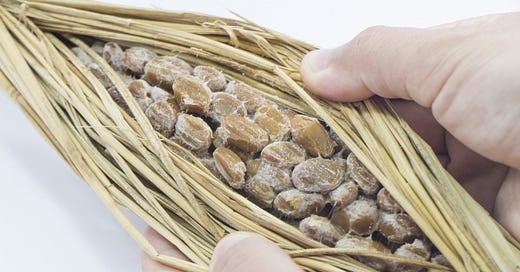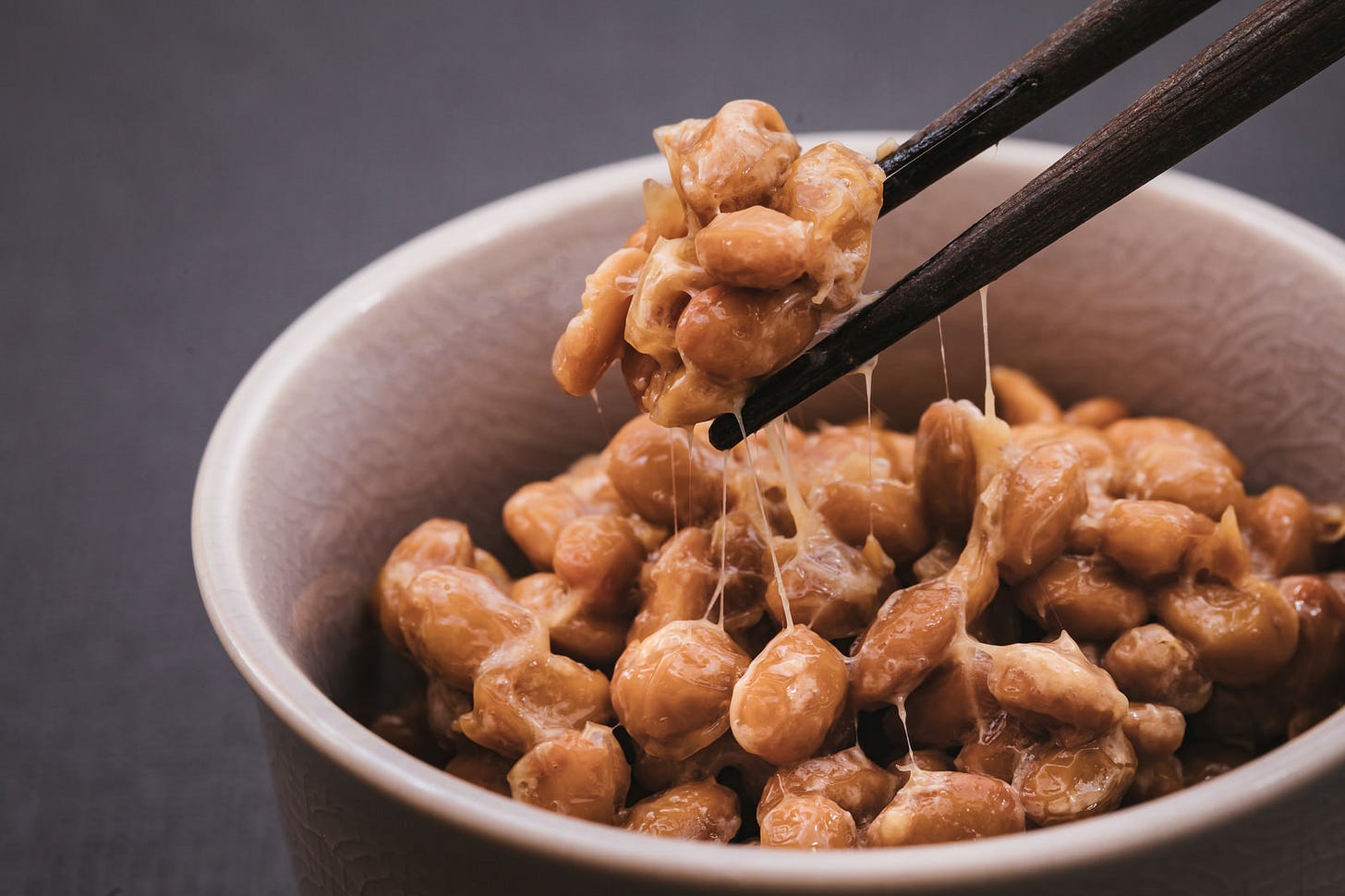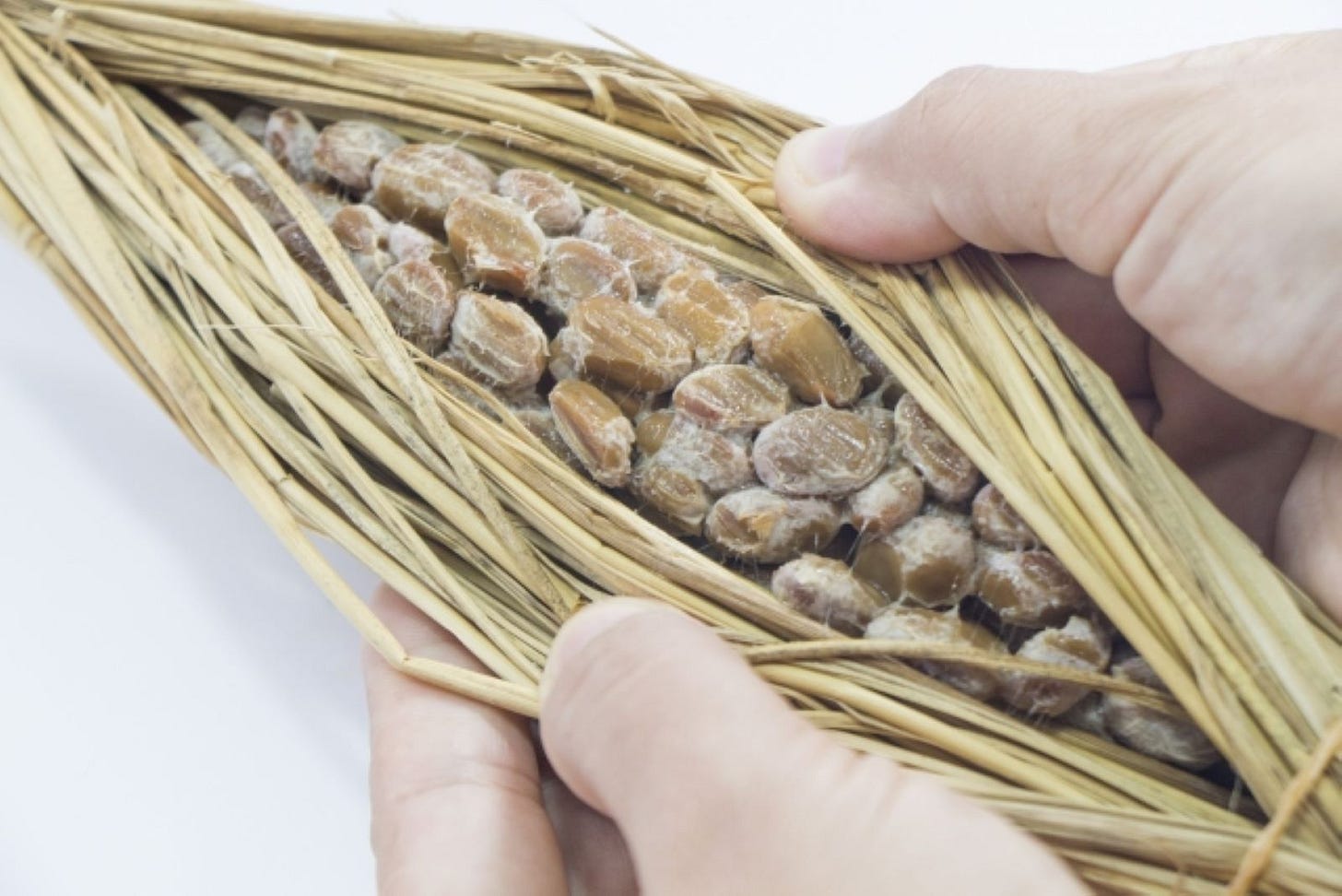In the old days, natto was fermented by wrapping it in rice straw.
Natto is also found in other Asian countries, but Japan is the only country that ferments it using rice straw.
Recently, Japanese natto has become very popular overseas. There are many fermented foods in Japan, and natto is one of the most well-known and popular.
But actually, natto has been eaten for a long time in Asian countries other than Japan, such as northern Vietnam, northern Laos, northern Thailand, parts of Myanmar, Yunnan Province in China, eastern Bhutan, and eastern Nepal. Some natto is sticky and stringy like Japanese natto, while others are not.
In Asian countries, natto is made by wrapping boiled soybeans in various plant leaves and fermenting them. In Japan, natto is fermented by wrapping it in sun-dried rice straw instead of plant leaves. Both types of natto are made by fermenting with natural Bacillus subtilis (Bacillus subtilis is a type of Bacillus subtilis), but it seems that Japan is the only country that uses rice straw.
Rice straw was indispensable to Japanese life.
It is unclear how rice straw came to be used to make natto, but recent research has revealed that rice straw is very rich in Bacillus subtilis. In fact, it is said that this Bacillus subtilis makes very good soil when mixed with soil. Natto is made with rice straw left over after the rice harvest, and after eating it, it is returned to the soil along with the Bacillus subtilis that multiplied during fermentation, creating rich soil. A very efficient cycle with no waste.
In the past, rice straw was a staple in the lives of the Japanese.
Rice straw was used for all sorts of things in daily life, such as weaving ropes and sandals, wrapping and storing harvested rice and vegetables, and using it as building material for walls and roofs. This is probably because rice straw was very readily available and available in large quantities in Japan, where rice cultivation has been going on for about 3,000 years. After being used for a variety of things, rice straw, a natural material, is eventually burned as fuel and turned into ash, which is returned to the soil.
This ash is also essential for creating good soil.
Recent research has also clarified the effectiveness of rice straw and wood ash in creating soil.
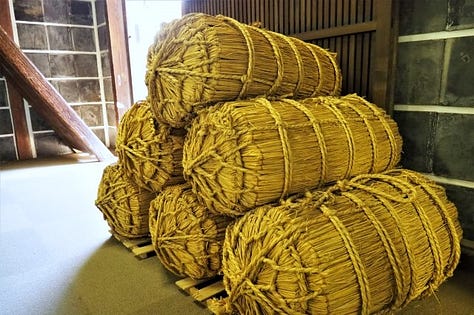
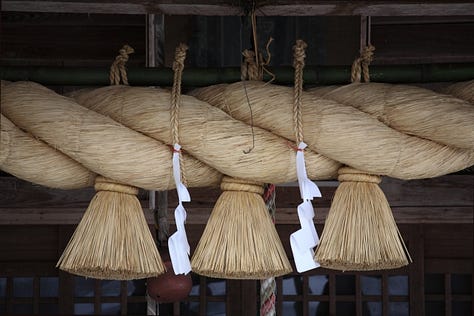
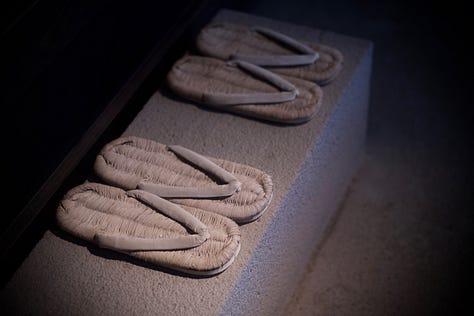
In this way, Japan used to be efficient with no waste.
However, the culture of using rice straw is disappearing now. There is very little natto wrapped in rice straw and fermented. The reason for this is the decrease in rice farming due to the government's rice production reduction policy, and the lack of rice straw that has not been treated with pesticides.
Nowadays, most natto is made using natto bacteria extracted and cultivated from rice straw, and is sold in polystyrene containers. For various reasons, the original manufacturing and packaging methods of Japanese fermented foods are changing. I don't know if that's a good thing or a bad thing, but the more I learn about old Japan, the more sustainable it seems to me to be when natto was made from rice straw.
Reference
日本の食文化史 / 石毛直道
日本の伝統 発酵の科学 / 中島春紫
世界の発酵食品をフィールドワークする / 横山智
日本の歴史をよみなおす / 網野善彦
百姓の江戸時代 / 田中圭一

